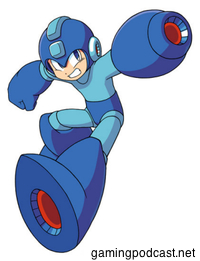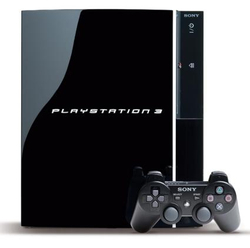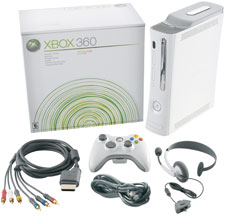 Capcom isn’t fooling around, they know their market for Mega Man 9 on Xbox Live, WiiWare and PSN and its nostalgic gamers with a desire to be a kid again. Any retro gamer will tell you the old school experience must include some pixel flickers, slow down and 8-bit style bugs.
Capcom isn’t fooling around, they know their market for Mega Man 9 on Xbox Live, WiiWare and PSN and its nostalgic gamers with a desire to be a kid again. Any retro gamer will tell you the old school experience must include some pixel flickers, slow down and 8-bit style bugs.
They have decided to include an optional feature to enable old school bugs on purpose. The limitations of early hardware like the NES caused situations where you would only see a limited number of creatures on the screen at any one time else things slowed down, flickered and got undesirable fast. What used to be undesired is now nostalgic!
“Yeah, there were some things, like you couldn’t have more than three enemies on the screen at once, so we had to make sure that that’s how it stayed in our game. In the part with the dragon with the flame, [there should be] flickering, and whatnot,” noted the game’s producer. “In the options of this game, you can adjust that, unlike the old games. We purposely put some of those old-school bugs into this game, so it does recreate that feel.” (joystiq)
Luckily these options are disabled and can be enabled to get a bit of old world feel if your little heart desires. For most of us, we should have moved on from the old times and are ready to play old school games on new school hardware to show off a bit more fluid 8-bit logic. Not so for everyone, which is why the feature was added as an optional one.
Staying true to old school computing in an emulator is extremely important when playing old ROM games because the game was coded with a certain speed and understanding of the hardware. Change the hardware without updating the game can lead to an unusable product. Mega Man 9, however, is a new game so it doesn’t have to adhere to old standards. But, it’s funny to see it try.

 Microsoft, Sony and Nintendo have great visions for their consoles, they all strive to stand out from their competitors. Nintendo’s key initiative is to get non-gamers on board and provide the world with something a little different while Microsoft’s concept is to get a 360 into the hands of all gamers and build a huge community. Sony’s selling point? Graphics.
Microsoft, Sony and Nintendo have great visions for their consoles, they all strive to stand out from their competitors. Nintendo’s key initiative is to get non-gamers on board and provide the world with something a little different while Microsoft’s concept is to get a 360 into the hands of all gamers and build a huge community. Sony’s selling point? Graphics. If you’re considering the Xbox 360 console, or plan to buy the Xbox 360 Arcade Edition for USD $279.99 please take pause, until the Xbox 360 20GB models dry up, you can now purchase them for USD $299.99. As Microsoft has bluntly stated, get them “while supplies last.”
If you’re considering the Xbox 360 console, or plan to buy the Xbox 360 Arcade Edition for USD $279.99 please take pause, until the Xbox 360 20GB models dry up, you can now purchase them for USD $299.99. As Microsoft has bluntly stated, get them “while supplies last.”